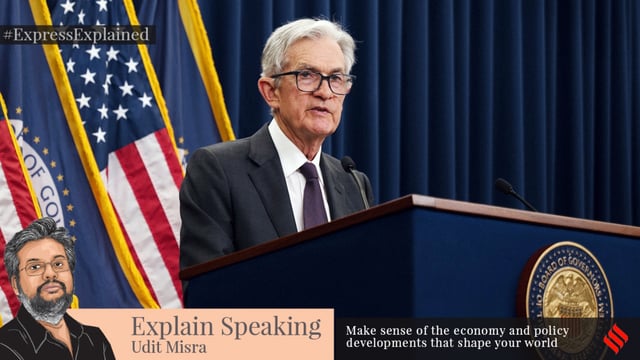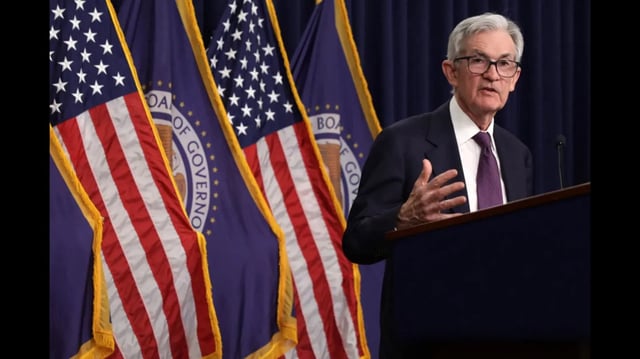Overview
- Chair Jerome Powell said the decision was driven by economic data and noted that downside risks to jobs have increased.
- Fresh projections signal two additional reductions later this year.
- Governor Stephen Miran cast the lone dissent, arguing for a larger 0.5 percentage-point cut.
- The policy shift arrives as tariffs and pressure from the White House shape the backdrop, with higher import costs seen as a potential headwind for inflation control.
- Evidence of labor-market cooling includes slower August payroll gains and a 911,000 downward revision to job growth for April 2024 through March 2025.



